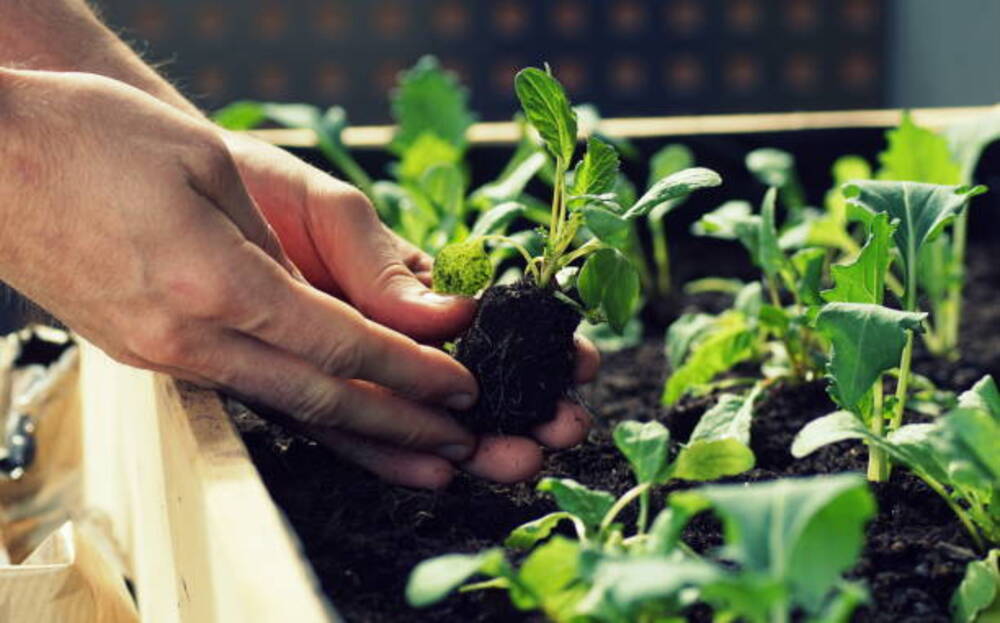As the world becomes increasingly urbanized, with over half of the global population residing in cities, there is growing concern about food security and sustainability. In response, urban farming has emerged as a viable solution to address these challenges.
Urban farming refers to the practice of cultivating and producing food in urban areas, using small plots of land, rooftops, balconies, and even walls. We will explore the benefits, challenges, and future prospects of urban food-producing.
Benefits of urban farming
Urban farming offers a range of benefits, both environmental and social. Firstly, it reduces the carbon footprint of food production and distribution. By growing food closer to where it is consumed, urban food-producing reduces the energy required for transportation, refrigeration, and storage. This, in turn, leads to lower greenhouse gas emissions and improved air quality.
Secondly, urban food-producing provides a source of fresh, healthy, and locally grown produce. Access to fresh fruits and vegetables is limited in many urban areas, with low-income neighborhoods often referred to as food deserts. Urban food-producing can help bridge this gap, providing access to affordable and nutritious food for all community members.
Thirdly, urban food-producing promotes biodiversity and ecosystem health. By cultivating a variety of crops and using organic farming practices, urban farmers can enhance soil fertility, prevent soil erosion, and support pollinator populations. Moreover, urban food-producing can help mitigate the urban heat island effect, where cities become hotter than surrounding rural areas due to the lack of vegetation and the abundance of concrete and asphalt.
Challenges of urban farming
Despite its many benefits, urban farming faces a number of challenges. One of the biggest obstacles is the lack of available land. In densely populated cities, finding suitable space for farming can be difficult and expensive. Moreover, urban farmers often face zoning restrictions, building codes, and other legal barriers that limit their ability to grow food.
Another challenge is the cost of urban food-producing. Although it can be a low-cost alternative to traditional agriculture, urban farming still requires investment in equipment, soil, seeds, and other supplies. Additionally, urban farmers may struggle to make a profit, given the small size of their plots and the limited markets for their produce.
Finally, urban farming requires specialized knowledge and skills. Many urban farmers are self-taught, and may not have access to the resources and training needed to optimize their yields and minimize their environmental impact. This is particularly true for low-income communities, which may lack access to education and technical assistance.
Future prospects of urban food-producing
Despite these challenges, the future of urban farming looks bright. Many cities around the world are embracing urban food-producing as a means of promoting sustainability, food security, and community resilience. Some cities, such as Detroit and Cleveland, have even created urban agriculture zoning districts, which encourage the development of urban farms and gardens.
Moreover, the COVID-19 pandemic has highlighted the importance of local food systems and the vulnerability of global supply chains. As a result, there is interest in urban food production as a way to build more resilient and self-sufficient communities. In the post-pandemic era, urban farming may play an even larger role in shaping the food systems of cities.
Urban farming offers a range of benefits, from reducing carbon emissions to promoting community health and well-being. While there are challenges to overcome, the future of urban food-producing looks promising. By embracing this sustainable and innovative approach to agriculture, cities can create more resilient, equitable, and livable communities.

